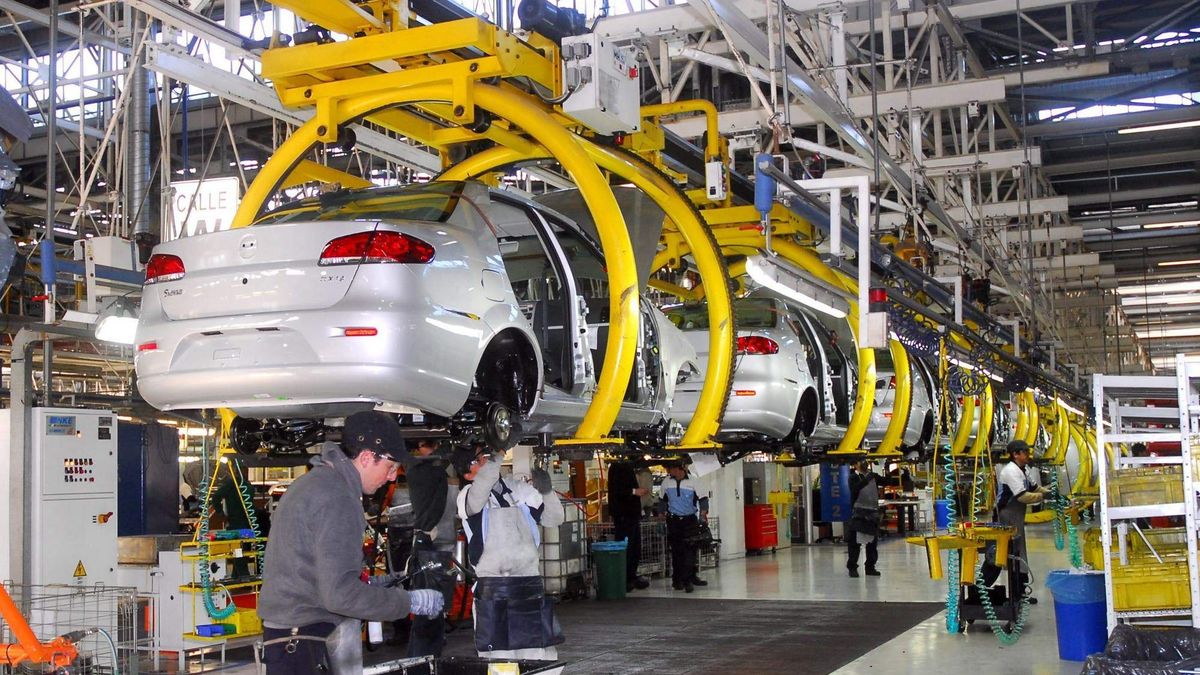During the last months, the Automotive industry regional has witnessed crucial announcements that resonate throughout South America. Stellantis promised the largest investment recorded in the history of the sector in Brazil and the region, with a commitment of approximately 6.1 billion dollars until 2030. Simultaneously, toyota announced an investment of about $2.2 billion in the same period, mostly destined for hybrid vehicles. These announcements join a series of plans already established by automotive giants such as Volkswagen, Renault, Nissan, General Motors, BYD and Hyundaiwho have also expressed their intentions to produce ecological vehicles in Brazil.
The impetus behind these investments lies in the National Green Mobility and Innovation Program (Move) implemented to promote sustainable investments in the areas of mobility and logistics. Signed by the President Luiz Inácio da Silva. Mover is an evolution of the previous program Rota 2030 that expands the demands on energy efficiency and decarbonization to the Automotive industrystimulating the production of new technologies and promoting the formation of an ecosystem that accompanies the transition towards new, more efficient forms of mobility.
The key to the Program’s impact lies in its ability to merge the sustainable approach with fiscal incentives. The program grants benefits to companies that invest in Investigation and development (R&D). These incentives are accompanied by measures such as financial credits for the relocation of industrial plants and tax refunds for exports of products and systems designed in Brazil. One of the most innovative aspects of Move is the measurement of carbon emissions “from the well to the wheel”considering the entire life cycle of the energy source used, a pioneering method that Brazil adopts as the first in the world.
Important point: the magnitude of the Brazilian domestic market (2.3 million units sold in 2023) represents an additional incentive when making investment decisions.
For Argentina, these initiatives in Brazil They are a valuable reference and would mark the direction to follow in the region. Our country can take the experience of the Brazilian strategy to attract investments and promote sustainability in its own Automotive industry. Adopt a similar approach, with programs that merge tax incentives with sustainability requirements, which could stimulate new investment.
The installed capacity of the sector in Argentina is 1.3 million vs. 4.5 million that Brazil has. We must consider the ups and downs of the Argentine economy and also the fact that recently some Argentine automotive and auto parts companies have taken on debt in dollars with input suppliers from abroad.
cars-automotive-industry.jpg
The Argentine challenge is to deepen the energy transition agenda. This would imply, among other things, the need to promote new investments in the automotive value chain and in infrastructure (charging networks for electrified vehicles, clean energy generation, training the population on the socio-environmental and economic benefits of an industrial activity. sustainable It also implies a government commitment to promoting policies in line with the challenge.
In summary, Brazil’s success in attracting investment to its automotive industry through programs like Mover highlights the importance of sustainability and innovation as key drivers of industrial development towards 2030. Argentina can follow this example to revitalize its own industry automotive and accompany sustainable economic growth in the region.
Source: Ambito
David William is a talented author who has made a name for himself in the world of writing. He is a professional author who writes on a wide range of topics, from general interest to opinion news. David is currently working as a writer at 24 hours worlds where he brings his unique perspective and in-depth research to his articles, making them both informative and engaging.




